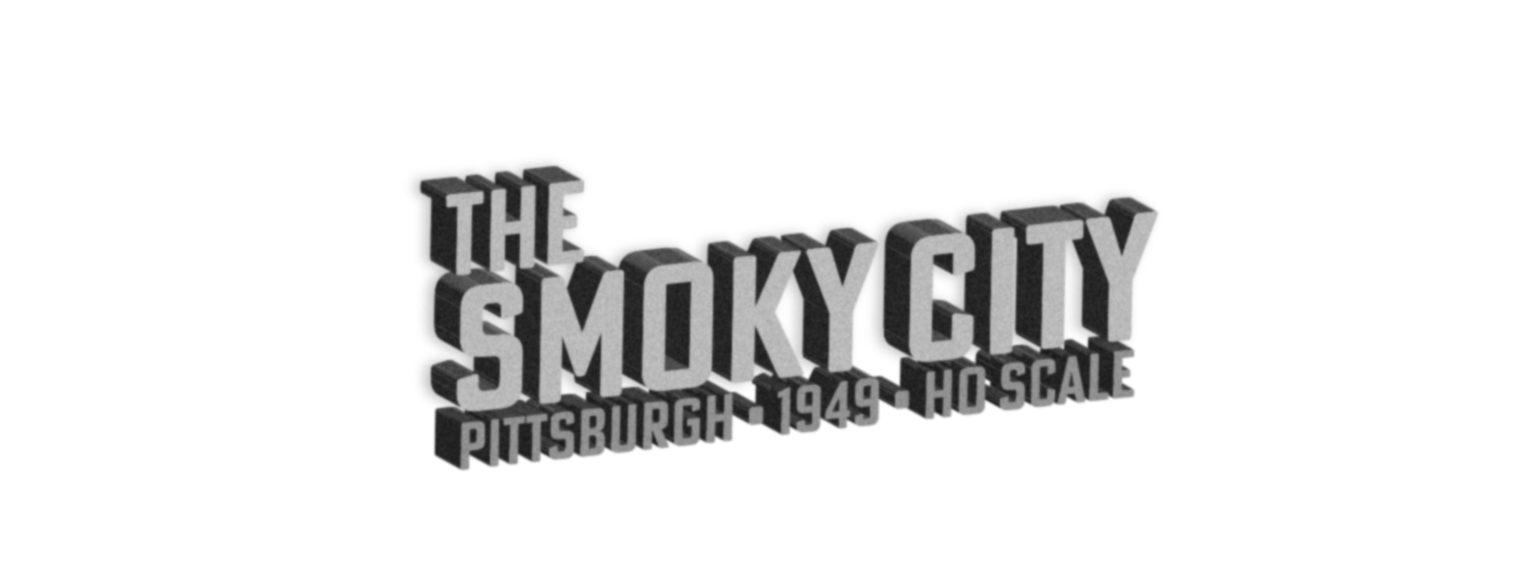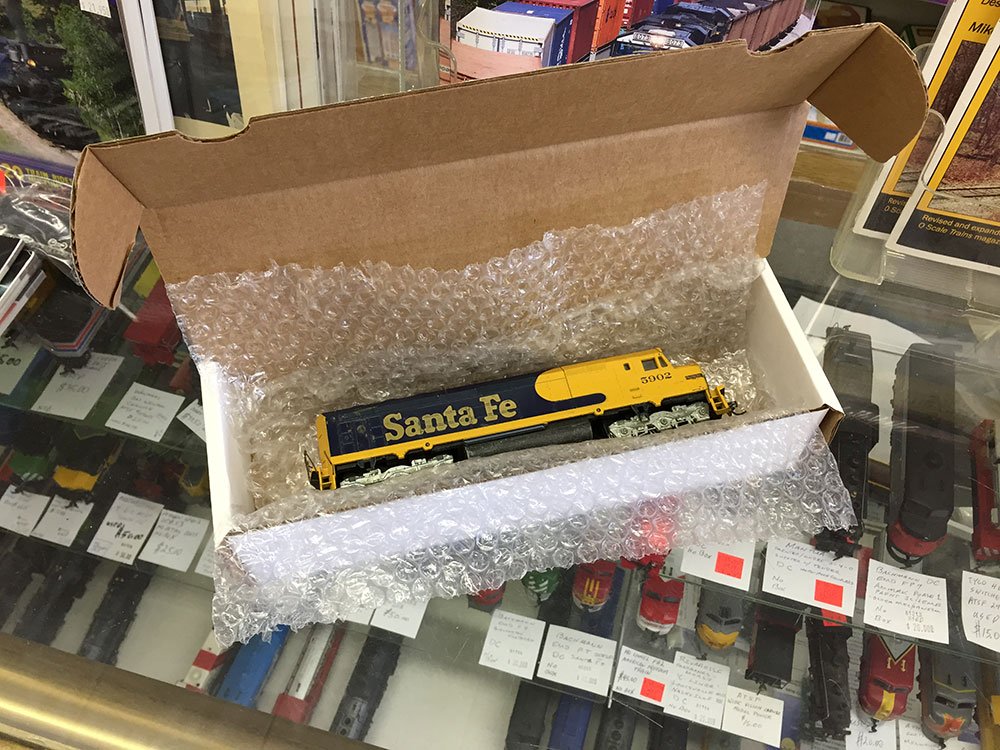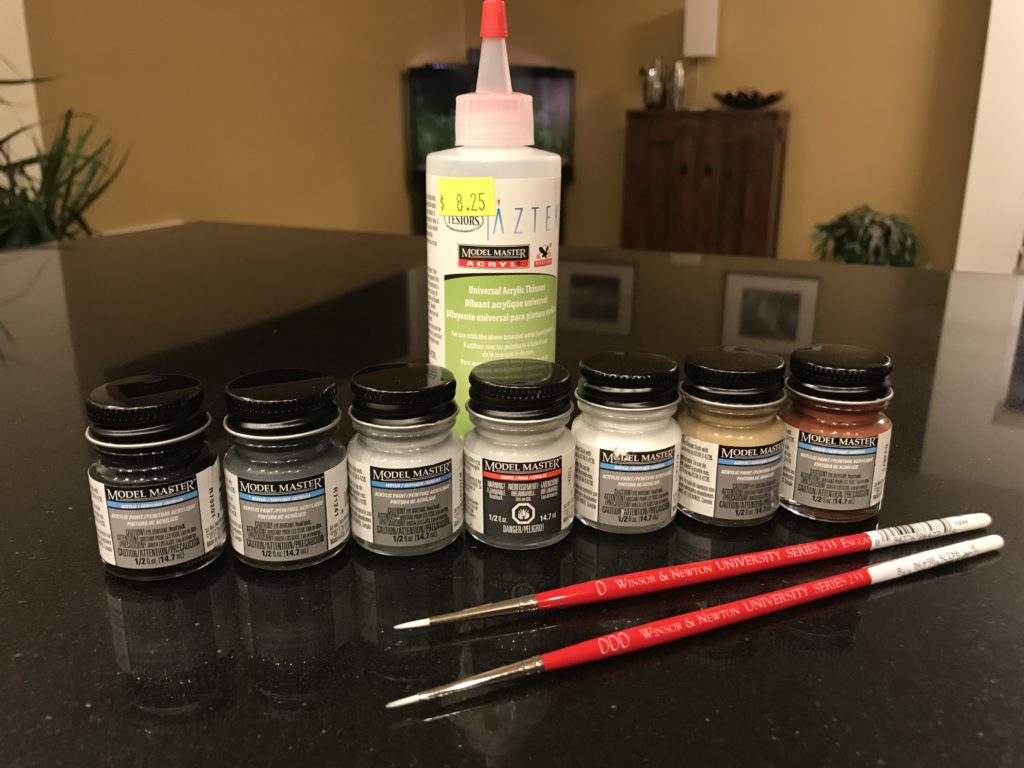For a month or more, I’ve felt frustrated that other priorities (holidays, a house guest, master bath remodel and tattoo graphics for Chris), plus a lack of early-season snow in the mountains* have prevented me from getting back to work on my models this season. But, as I looked through posts on this blog from last year, plus progress photos on my phone, I realized that last year’s winter modeling season didn’t really get fully underway until the day of the Great Train Show in Puyallup in mid-January. So now I don’t feel so bad, and I supposed this just goes to show how excited I was to get back into the work.
I did manage to spend about 8 hours working on the chapel car, and a few more hours working on a 1950s wood kit (boxcar) given to me by a new friend, Karl, who I met last February at the UNW train show in Monroe. Karl drives trains for Amtrak and recognized me from my daily routine of walking from my office to the Spokane Street crossing on the BNSF main line to see the 2:20 Amtrak Cascades departure from King Street Station go past. In addition …


